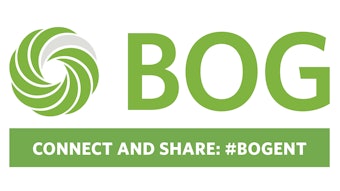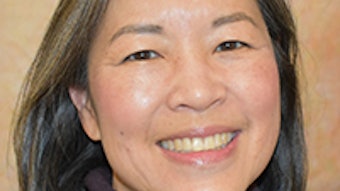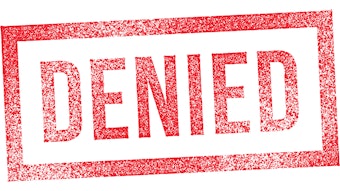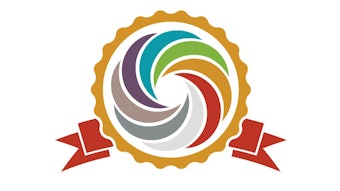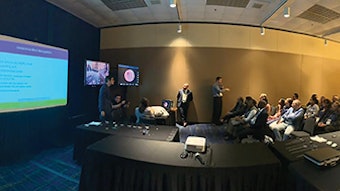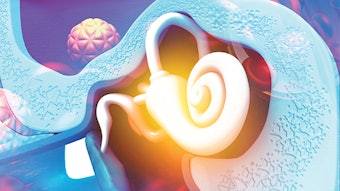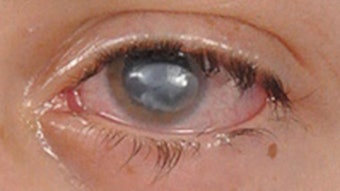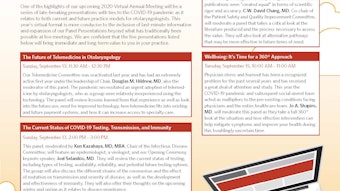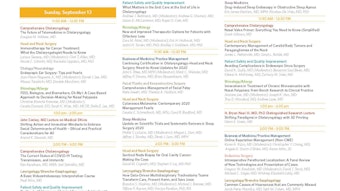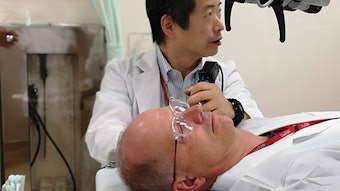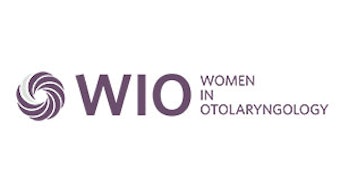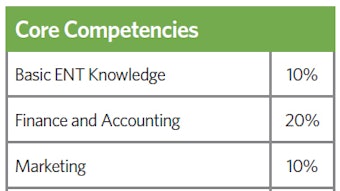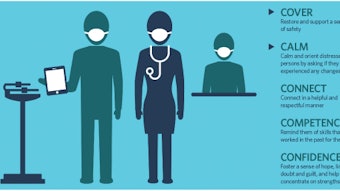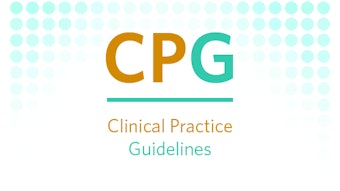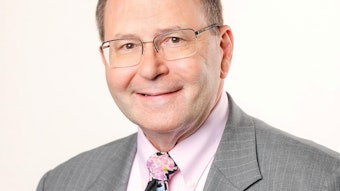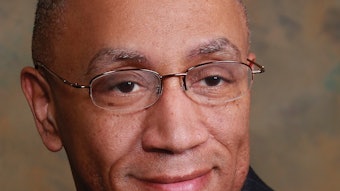Coding Update: How to Report CPT 31298
In January 2018, the Centers for Medicare & Medicaid Services (CMS) implemented significant changes to the functional endoscopic sinus surgery (FESS) and balloon sinus dilation (BSD) family of codes, revising these code sets to bundle frequently reported codes within each family together.
In January 2018, the Centers for Medicare & Medicaid Services (CMS) implemented significant changes to the functional endoscopic sinus surgery (FESS) and balloon sinus dilation (BSD) family of codes, revising these code sets to bundle frequently reported codes within each family together. With these changes, CMS required four new code combinations, including CPT 31298 Nasal/sinus endoscopy, surgical, with dilation (e.g., balloon dilation); frontal and sphenoid sinus ostia. Among the new codes, 31298 was the only bundled code in the family that is performed using BSD.
As part of the RUC valuation process, specialty societies are asked to present on direct practice expense (PE) inputs typically (i.e., items and quantities utilized greater than 50% of the time) required to perform a service or procedure. The direct practice expense inputs are broken down into three categories: clinical staff time (activities performed by an RN, LPN, etc.), disposable supplies, and non-disposable equipment. CMS and the American Medical Association’s RVS Update Committee (AMA RUC) then monitor all “high-cost” supplies included within codes, as many of these services represent a large portion of overall Medicare expenditure. The BSD codes fall into this category due to the inclusion of the high-cost supply SA106 kit, sinus surgery, balloon (maxillary, frontal, or sphenoid). This supply is currently valued at $2474.99 by CMS.
The AAO-HNS wants our members to fully understand the long history surrounding this particular supply. When the BSD codes were first valued in 2010, the RUC recommended, and the Academy supported, that CMS assign a HCPCS code to the balloon kit in order to reimburse providers directly for the number of balloons used per procedure. This recommendation was made based on that fact that balloon kits are sometimes used to access more than one sinus at a time during sinus surgery. Through rulemaking CMS declined to accept this recommendation, and instead assigned half a balloon kit to the existing BSD codes under the premise that if a balloon could be used twice on two separate sinuses, providers should only be reimbursed half a kit when accessing one sinus.
In contrast, when CPT 31298 was developed in 2016, the PE Subcommittee stated the following during their review of the code:
The Subcommittee also verified that a full balloon is necessary for the 31XX5 (now 31298) because this service includes two sinuses. The Subcommittee noted that a half catheter for each balloon is necessary for the rest of the services because multiple sinuses, typically two, could be balloon dilated at the same time. The RUC recommends the direct practice expense inputs as modified by the Practice Expense Subcommittee.
As noted above, CMS accepted this recommendation within the 2018 Medicare Physician Fee Schedule. This update resulted in 31298 being the only code in the BSD family with a full unit of supply code SA106 in its direct PE inputs, as it is the only code where two sinuses are accessed in the same procedure, unilaterally.
In closing, when 31298 is performed bilaterally (i.e., accessing four sinuses) it should be reported using a -50 modifier. In cases where only two sinuses are accessed (frontal and sphenoid), the code should only be reported once based on the practice expense reimbursement being double that of the other BSD codes. This is a result of the other BSD code descriptors describing access to only one sinus, whereas 31298 describes accessing two sinuses.
Members who have questions regarding proper reporting of these services are encouraged to contact the health policy advocacy team at healthpolicy@entnet.org.
